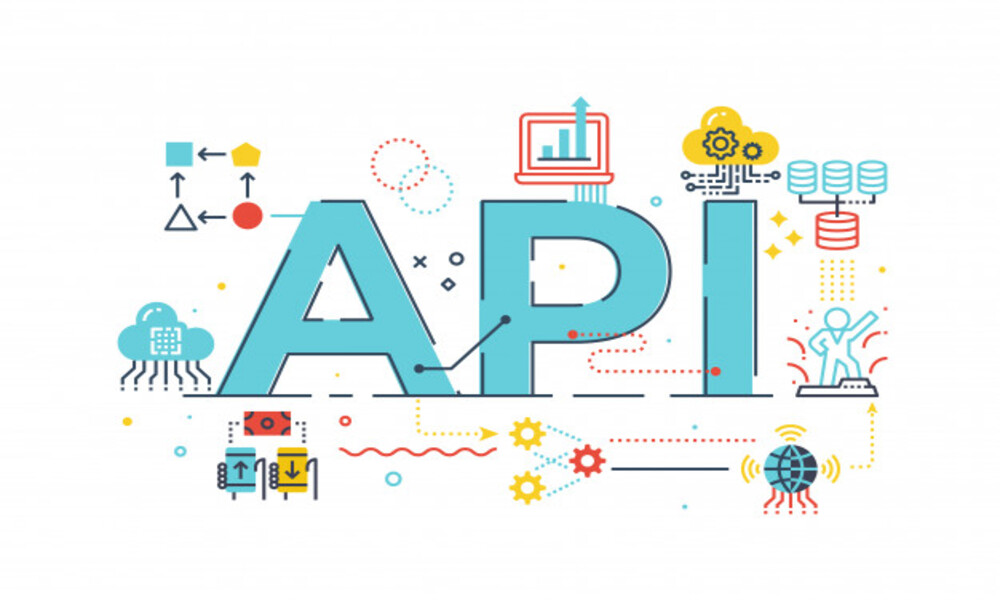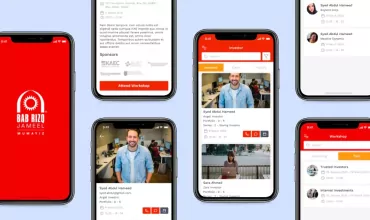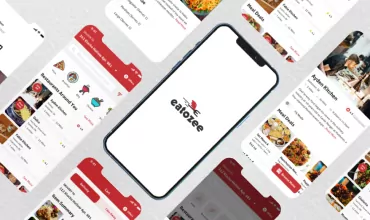Everything you need to know about API Development

Table of Contents
Introduction to API Development
When we discuss mobile development we certainly come across zillion topics about the API: the superheroes behind the functioning of the mobile apps. API plays a major role in many domains with the increasing dependency on cloud spaces, It is the first approach for many organizations to implement and manage the most complex processes.
Let’s dig into the big world of API!
What is API?
The application programming interface or API in abbreviation is a set of programming code, steps, instructions, and standards that connect one digital product or device to another to enable data transmission and the employment of external features or services.
We are using APIs pretty much in many of our daily clicks! Thanks to it, Google is able to display relevant data according to your search, game apps don’t ask you to add your credentials but rather accesses your data from your social platform’s server also PayPal payment functionality used API to ensure that the end application won’t get exposed to sensitive data or gain access to unintended permissions.
Technical deployment of an API. How does it work?
API is what empowers any app/ platform that needs to use certain data from another platform or needs to communicate and share data with exterior services. It is meant to ease the user experience and eliminate the need to build a similar program or platform from scratch.
API is based on two components:
Technical specification
- Technical specification: to define the options for data sharing by respecting protocols and the processing request of each app
- The software interface is written to the specification that represents it
The software that needs to access information from another software, calls its API and specifies the requirements and restrictions of how data must be provided. The other software replies to those requests while respecting the specifications.
End user < – API – > database/ assets/info
For example, the flight booking app requests specifications from the airline server that reply to it, and then the available options get displayed on screen for the user.
This is the general overview of APIs if you are looking for API development services or you want to gain further knowledge about it keep reading! You can also contact our experts to understand our project development lifecycle and the API working process.
So what are the types of APIs? How to develop them using the best tools and technologies? And how to ensure the implementation of an effective API
Types of API
API typologies are distinguished according to their access granting policies.
- Private APIs: Deployed in software used within an organization where an interface is accessible to the people working there only even if the app is publicly available
- Partnership APIs Used for software integration between two parties.
- Public APIs: used to build brand awareness It can be open where features are publicly used without restrictions or commercial APIS where users pay for services.
- Composite API: Integrated to combine existing API functions to perform many tasks at one time.
Recommended Tools and technologies for API development
Here are the most effective and popular tools and technologies used by developers to integrate API. Note that those tools were recommended by our own API developers
- Dredd is an HTTP API testing framework that validates API description document step by step
- Sandbox for quick and easy representational state transfer aka RESTful API while reducing costs and risks of 3rd party API calling during testing
- Apigee by Google. This tool helps facilitate data transfer between apps and services within a company’s apps. A very effective tool to develop connected software.
- APIMatic specialized in website APIs. It enables developers to generate SDKs (a set of tools that can be used to develop software applications targeting a specific platform) for 10 platforms while keeping up with API updates. It also allows the conversion of API description into WADL, Swagger, RAML, OAI format, etc
- Postman enables app developers to evaluate the performance of the API by documenting and testing it.
- SoapUI is an open-source testing tool that can automate both functional and non-functional tests.
- Swagger is used for API development by big names such as PayPal, and Microsoft.
- JMeter is also an open-source software used in performance testing of RESTful API.
Developing an efficient API with the best features
Knowing the tools is something but developing an API that doesn’t slow down your app is a whole other thing here’s a list of essential features of API to include:
Implementing a Cache strategy
By implementing an in-memory database to increase API responsiveness.
Testing
Including if API meets the expectations for performance, functionality, security, and reliability.
Authorization
Is the user permitted to perform an action on a specific source? The most used authentication methods are: OAuth (an open standard authorization framework that gets access from the user without displaying credentials), OAuth2 (a framework that enables applications to obtain limited access to user accounts on an HTTP service), JSON Web Token (JWT to encode and encrypt digitally signed claims between two parties)
Pagination
With the growth of your database comes a slower performance. Pagination serves to prevent that by determining previously the amount of data meant to be displayed and at what frequency in order to minimize processing time and ensure high-level security.
Wrappers
To combine various sets of API calls into user-friendly functions
HATEOAS
Hypermedia as the Engine of Application State consists of the integration of a link to other forms of media such as text, images, videos, etc.
Error handling
To identify if the problem was a result of server or user error then direct the user to new requests or contact support
Validation
To verify the data by Server validation or client-side validation via the feedback
Conclusion
APIs have simply invaded the world of software development. This part 1 focused on defining API, its components, features and tools used in its development. Part 2 will focus on the best technical practices to implement API.
Interested in developing or integrating API to enhance any aspect of your business? check our API and backend services and get in touch with our team.



